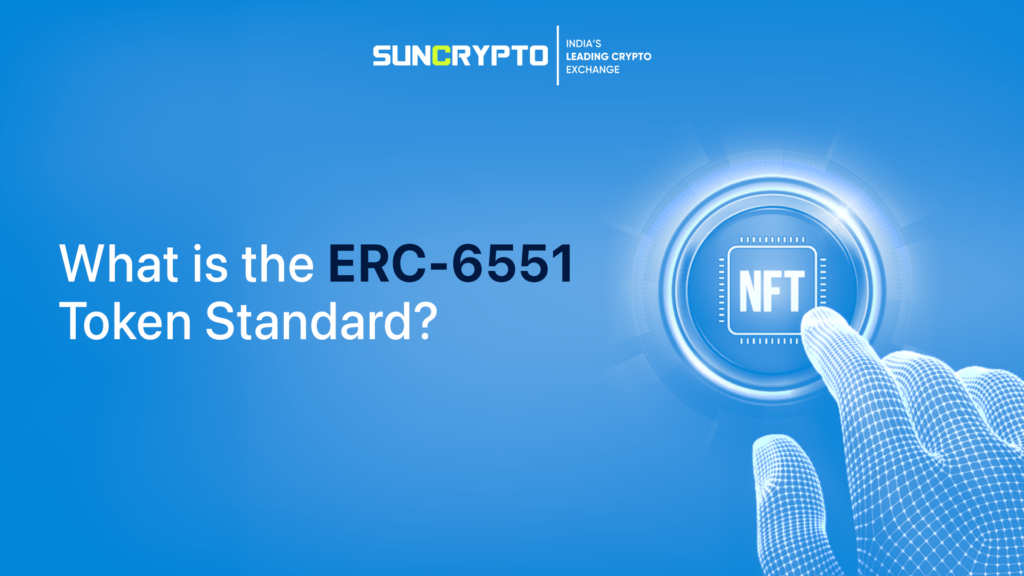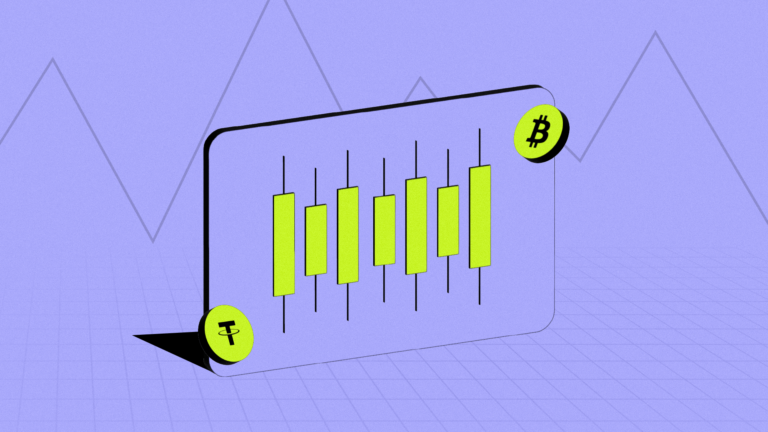In 2017, the ERC-721 standard transformed digital asset tokenization by specifying the fundamental principles and functionalities of creating non-fungible tokens (NFTs). Since then, NFTs have grown in popularity, changing how we see and engage with digital art, collectibles, virtual real estate, and other products.
However, as the NFT space grew, it became clear that the ERC-721 standard had several limits. For example, the ERC-721 was incompatible with Ethereum’s smart contracts and dApps. Furthermore, owing to static JSON metadata, ERC-721 tokens lack flexibility in terms of Uniform Resource Identifier (URI) codes, security, and efficiency.
Recognizing the need to resolve these constraints and allow NFTs to adapt over time, a new standard was established. Introducing the ERC-6551 standard! Let’s go deeper into the ERC-6551 token standard and see what distinguishes it from other NFT-related ERC token standards.
ERC-6551 Explained
ERC-6551 is a new and revolutionary Ethereum standard that allows NFTs to behave as their own smart contract accounts. This exciting feature, developed by the Future Primitive team with assistance from Manifold and the token-bound developer community, expands NFTs’ adaptability and utility, making them capable of becoming strong digital assets.
In 1992, JPEGs enabled us to view and communicate pictures to one another; in 2017, NFTs enabled us to purchase, sell, and trade; but what comes next in 2024? The solution might be ERC-6551, which offers seamless interactions and capabilities.
ERC-6551 token standard was developed to solve the limitation with ERC-721 tokens. Previously, ERC-721 tokens couldn’t operate as owners of other on-chain assets or execute tasks similar to an Ethereum account. This limited their application in the actual world. To address this, ERC-6551 provides token-bound accounts (TBA), which are distinct smart contract accounts connected with each ERC-721 token. These accounts are generated via a permissionless registry and include all of the features of an Ethereum account, allowing for more convenient and user-friendly interactions.
Working of ERC-6551 Token Standard
The issue with standard ERC-721 NFTs is their restricted scope. They can only be owned or transferred. They are unable to hold other assets, like tokens or other NFTs. Furthermore, they are unable to communicate with other smart contracts, alter, or evolve over time in response to external circumstances or user inputs.
To address this issue, ERC-6551s employ a permissionless registry that is backward compatible with existing ERC-721 NFTs. The registry is a smart contract that serves as both a factory and a directory for TBAs. Anyone can create a TBA for an ERC-721 token by executing a registry function and paying a modest fee. The registry then installs a proxy contract, which serves as the token’s TBA.

Credit: antiersolutions
The proxy contract that embodies the TBA gets all of the attributes and metadata from the original ERC-721 token. It also follows the EIP-1271 standard, which enables it to sign messages and authenticate signatures on behalf of the token. This enables the TBA to establish communication with various smart contracts and accounts within the Ethereum network, encompassing decentralized exchanges (DEXs), lending platforms, gaming platforms, and various other entities.
The TBA can also store other assets, such as tokens or NFTs. These assets can be moved to or from the TBA by using functions in the proxy contract.
ERC-6551 Use Cases
The primary reason people are enthusiastic about these smart contract accounts is that they make it much easier to use NFTs. With a token-bound account, NFTs are more than simply a digital picture that can be sent back and forth. Moreover, ERC-6551 has several other interesting use cases in decentralized finance (DeFi) and blockchain initiatives.
▪️ Gaming: An ERC-6551 smart contract wallet can be used for a variety of gaming purposes. Many games focus on creating NFTs with unique properties, such as footwear that allows you to run faster or pets that can fight other animals. Trading these types of NFTs becomes much easier with an ERC-6551 token-bound account.
Having a wallet linked to the NFT allows players to combine numerous game-related assets for sale, so you can buy both the fantasy animal and the crypto tokens that allow you to “feed” the animal. Because a token-bound account may retain POAPs, it can also demonstrate that an NFT has engaged in special gaming activities or other events that may give the NFT additional features or game-related assets.
▪️ NFT Interoperability: NFT interoperability entails combining various on-chain assets into a single NFT. Users can buy an NFT that contains unique tokens linked with the NFT initiative. Because of the way ERC-6551 is developed, composable NFTs are also very adjustable.
Users can opt to maintain all assets related to the NFT or sell some while keeping others. They can even add more assets to it. Composable NFTs are widely used in experimental art projects and as investment vehicles.
▪️ Authenticity: Smart contract wallets are useful not just for storing on-chain assets, but also for keeping track of previous transactions. New owners can see when an object was created, who owned it previously, and how many times it has been sold. This is particularly important for NFTs marketed as collectors.
Owners can utilize the smart contract account to confirm the origin of an artwork. They can ensure that the object is precisely what it claims to be, allowing them to demonstrate its history and value.
▪️ NFT Identities: One of the primary reasons why NFTs have recently gained popularity is their ability to serve as a kind of digital identification. However, a typical NFT cannot act as an autonomous agent on a blockchain. For example, if a user wants to move money to another entity, they must sign a new smart contract with the owner of the NFT.
ERC-6551 simplifies things significantly. The NFT may create smart contracts with accounts and own digital assets. This enables the NFT to function as an actual person, allowing users to use or transfer NFT identities without involving their actual identity in the transaction.
▪️ Dependency: ERC-6551 NFT additionally promotes NFT reliance. This means that the NFT may interact with other things in the chain on its own. It may directly own items like tokens, which can subsequently be used to modify the NFT itself. For example, a designer may design an NFT that changes color as more tokens are added to its wallet. Because NFT reliance improves the NFT’s involvement, a customer may feel more invested in the artwork.
What Lies Ahead for ERC-6551?
ERC-6551 is expected to create significant ripples in the NFT world. It provides a straightforward, on-chain method for doing many of the operations that previously required a significant amount of work from DApp developers. This protocol has the potential to make the gaming, metaverse, and collector industries much easier to build and operate. In the future, this might lead to a surge in NFT initiatives.
However, keep in mind that improvements are unlikely to happen overnight. Adopting any new ETH standard takes time, and implementing ERC-6551 requires a lot of little detail. Many individuals and projects will ultimately adopt ERC-6551, although the full impact of the new protocol may not be apparent at first.
To learn more about the ERC-6551 token standard, go check out SunCrypto Academy.
Disclaimer: Crypto products and NFTs are unregulated and can be highly risky. There may be no regulatory recourse for any loss from such transactions. All content provided is for informational purposes only, and shall not be relied upon as financial/investment advice. Opinions shared, if any, are only shared for information and education purposes. Although the best efforts have been made to ensure all information is accurate and up to date, occasionally unintended errors or misprints may occur. We recommend you do your own research or consult an expert before making any investment decision. You may write to us at [email protected].





